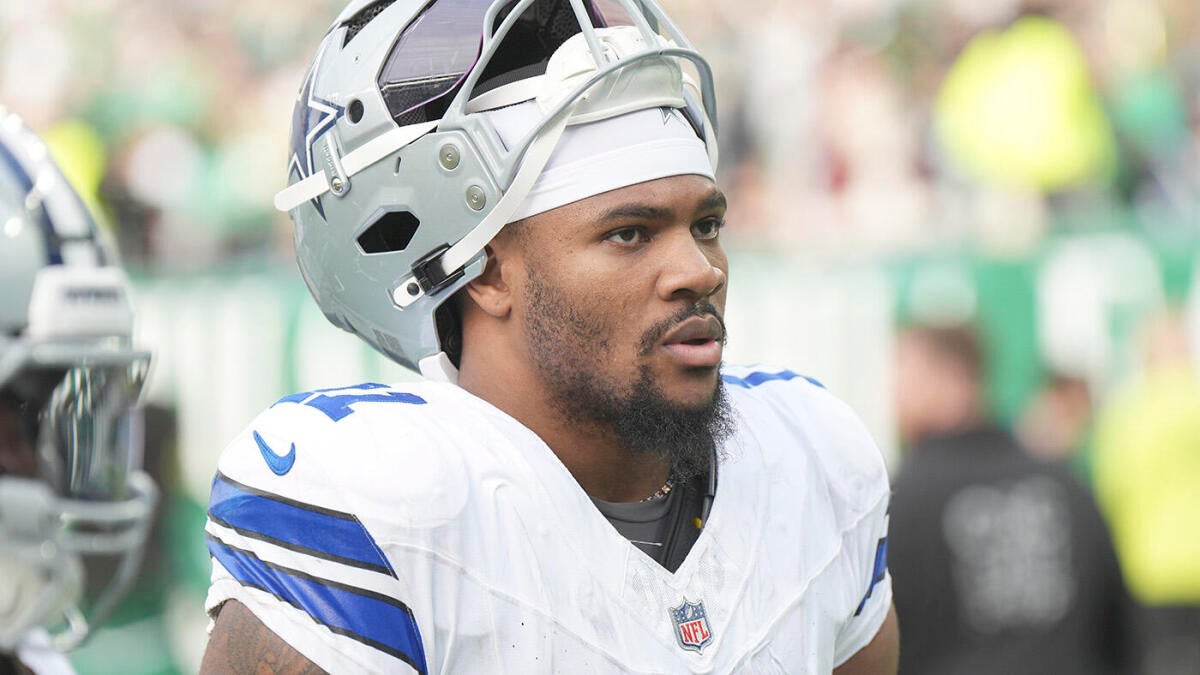Micah Parsons’ Contract Extension: Unpacking the NFL’s Most Anticipated Deal
Micah Parsons, the electrifying Dallas Cowboys linebacker and edge rusher, stands at the forefront of NFL contract conversations as he nears the end of his rookie deal. With a blend of elite on-field production and growing market pressures around defensive stars, the impending deal promises to reshape the financial landscape for NFL defenders. This report delves into the current status, rumors, projections, and implications of Parsons’ contract negotiations, framed within the broader NFL contract extension scene.
A Star Rising: Parsons’ Impact and Contract Status
Since entering the league in 2021, Micah Parsons has been nothing short of a defensive force. Logging double-digit sacks in each of his four seasons, he quickly transformed into a cornerstone for the Cowboys’ defense and a feared presence in the NFL. His rookie contract, signed upon entry, was worth $17.1 million over four years, including a fifth-year option set to pay him around $24 million for 2025.
As the 2024 season progresses, Parsons plays under this final rookie contract year with the looming expectation of a new deal. His contract situation represents a critical juncture for the Cowboys, as Parsons is viewed not only as the defensive nucleus but also a player whose compensation could reset market standards for non-quarterback defenders.
The Rumor Mill and Genuine Negotiation Signals
Contract talks between Parsons and the Cowboys have generated significant media buzz, including debunked rumors of a $203 million contract already in place. While social media fake accounts have spread misinformation, reputable sources clarify that negotiations are active but ongoing, with no official extension yet signed.
Parsons’ camp is reportedly seeking a record-breaking extension exceeding $200 million over multiple years, with annual average salaries expected around or above $40 million. Such figures, if realized, would make him the highest-paid non-quarterback in NFL history and mark a new benchmark for defensive players.
Micah Parsons himself has expressed a desire to finalize an extension before the next free agency period, underscoring mutual interest in avoiding a prolonged contract standoff that could affect the Cowboys’ salary cap planning and Parsons’ focus.
Contract Figures and Projections: A Historical and Market Perspective
Financial projections from analysts like Mike Florio estimate a four-year contract extension worth about $162 million in new money — roughly $40.5 million annually. Other reports push this further, speculating a five-year deal valued at around $205 million, symbolizing a lucrative new standard for edge rushers.
This anticipated deal is monumental considering the previous highest-paid defensive contracts and the increasing salary inflation in the NFL. Parsons’ proposed extension would eclipse notable predecessors, including recent deals for off-ball linebackers and pass rushers, amplifying the premium placed on disruptive defensive talent.
Strategic Importance for the Cowboys
Beyond Parsons’ individual achievement, locking him down with a long-term extension is a strategic priority for Dallas. Owner Jerry Jones has expressed a “take your time” philosophy, signaling a preference to craft the right deal over rushing negotiations. However, the stakes are high—securing Parsons early would provide the Cowboys clarity for salary cap allocation, especially given concurrent contract needs for stars like CeeDee Lamb and Cooper Rush.
Moreover, Parsons’ extension could cement the defensive identity of a Cowboys team historically defined by offensive prowess, potentially altering team dynamics and franchise valuation.
Wider NFL Contract Extension Context and Market Impact
Parsons’ negotiations do not exist in isolation. The NFL’s 2024 offseason has seen key players across teams entering or approaching contract extensions, from offensive stars to defensive stalwarts. Comparisons to Patrick Mahomes, who recently secured a record $450 million-plus contract, heighten the expectations and market effects surrounding Parsons.
As agents, analysts, and fans watch closely, Parsons’ deal could trigger domino effects, elevating baseline salaries for edge rushers and linebackers league-wide. Dallas’ handling of the situation will likely set precedents influencing how teams value and structure deals for premier defenders.
Challenges and Considerations in Negotiations
Despite the optimism, complexities remain in Parsons’ dealmaking. Contract negotiations must balance guaranteed money, restructuring clauses, injury protections, and salary cap ramifications. Reports indicate a murkier negotiation landscape compared to previous Cowboys contracts, with some calls for caution, even from former players and analysts, highlighting risks of premature commitments or overextending financial resources.
Further, Parsons has exhibited professionalism by attending voluntary workouts and expressing readiness to play without a signed deal, signaling a collaborative rather than contentious negotiation environment.
Conclusion: Setting a New Benchmark for Defensive Stars
Micah Parsons’ contract extension is more than just a monetary agreement; it’s a defining moment for the Dallas Cowboys and the NFL’s valuation of elite defensive talent. The culmination of on-field dominance, market inflation, and strategic franchise planning positions Parsons to become the highest-paid non-quarterback in NFL history, challenging conventional financial hierarchies.
As the NFL offseason unfolds, all eyes remain on the Cowboys’ front office and Parsons’ camp to finalize a deal that balances competitive compensation with long-term team viability. Successful negotiations will not only secure Dallas’ defensive cornerstone but also signal a new era where defensive excellence commands unprecedented financial recognition.
In this nexus of performance and business, Micah Parsons exemplifies the evolving valuation of NFL stars—bringing explosiveness and leadership on the field, and, soon, redefining the economics off it.





